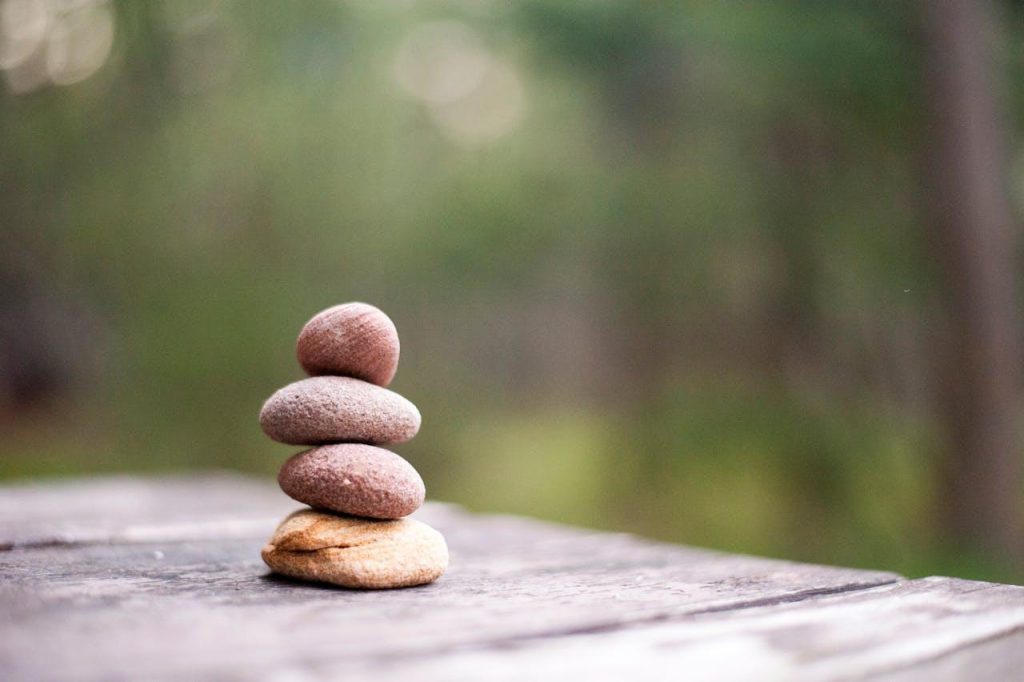Often, mental well-being is seen via the prism of emotional and psychological treatments like talk therapy, meditation, and journaling. Although these treatments are important, there is a growing awareness of the significant influence that the body has on our inner condition. Our physical routines affect our thoughts and feelings. Daily movement, tactile involvement, and sensory rituals might provide stability and tranquillity in ways that cerebral activities alone can not reach. Returning to the body is a strong approach to ground the mind in times of stress or disconnection.
Including sensory tools
It is possible to accentuate physical rituals using mild, non-intoxicating aids that relieve stress and promote balance. Some people decide to buy UK HHC flower product to round out their practices. A hemp-derived chemical, HHC, or hexahydrocannabinol, might have soothing qualities without the strong euphoric reaction connected with THC. HHC flowers, when used sensibly and in moderation, can offer a sensory signal to move into a more conscious state, thereby enabling the body to relax and the mind to follow. Research on HHC should be considered a possible tool, not a cure, and should be combined with regular health activities for optimal impact.
Movement as a means of creating meaning
Intentional physical activity can arise from several sources outside structured exercise. Natural mood enhancers are endorphins, which are stimulated by all walks through nature, morning stretching, or dancing to your favourite music. Movement rituals help control the nervous system and lower the accumulation of stress chemicals when practised consistently. Unlike irregular exercise, persistent movement—even in tiny doses—tells the body it is safe. This feeling of safety results in a more stable mental state and increased emotional toughness.
The strength of presence, texture, and touch
Rituals involving touch or texture, such as dry brushing, mental health furniture, warm baths, or aromatherapy, activate the sensory systems in ways that promote relaxation. These tactile sensations draw the mind away from racing thoughts and anxiety cycles by reminding it of physical reality. They also provide a chance to practise mindfulness without having to sit still or meditate. Intentionally involving the senses changes ordinary tasks into grounding experiences that promote emotional stability and mental clarity.
Creating your own ritual framework
Physical rituals help mental wellness without a set timetable. The aim is to create a structure that fits your needs and choices. From five minutes of morning stretching to lighting a candle at the conclusion of each workday, modest, regular activities can significantly influence. Combining these activities with sensory signals, such as applying botanical supports, including HHC flowers, strengthens the habit and improves the whole experience. The more your mind links these habits with tranquillity, the more successful they become. With time, these repeated behaviours create a soothing pattern that your body and mind start to depend on. This routine strengthens stability and becomes a gentle form of self-care, even during life’s most unpredictable moments.
Magic occurs in consistency
Mental health has no uniform blueprint. What counts is finding rituals that link you with your body and repeating them frequently enough for your brain to recognise them as safe, calming, and helpful. With time, these physical exercises become anchors, consistent routes back to tranquillity in the face of life’s unavoidable storms.
Image attributed to Pexels.com



